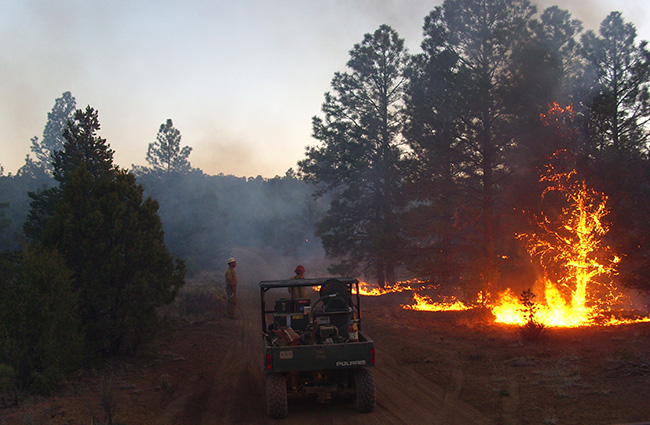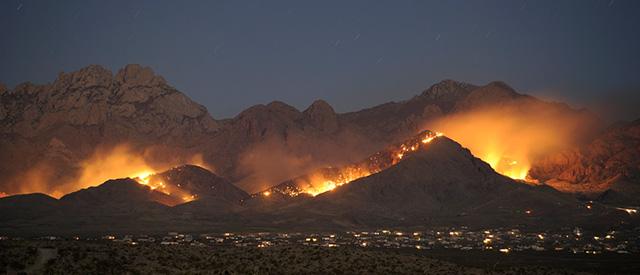How the New Mexico Wildfire Could Lead to Covered Flood Claims
New Mexico has seen its share of extreme weather events, but recent wildfires have triggered a cascade of issues that go beyond scorched land. One surprising consequence? Severe flooding and in some cases, it may be covered by insurance, thanks to the legal principle of proximate cause.

From Fire to Flood: The Chain Reaction
The recent wildfire that ravaged parts of New Mexico didn’t just burn vegetation. It also hardened the ground, significantly reducing its ability to absorb water. Without vegetation and with scorched, compacted soil, even moderate rain can no longer seep into the earth like it used to. Instead, it flows rapidly across the surface triggering flash floods that damage homes, businesses, and infrastructure.
This was the exact situation faced by many New Mexicans this year: the wildfire destroyed the natural sponge of the land, and shortly after, flooding overwhelmed neighborhoods.

Why Proximate Cause Matters in New Mexico
New Mexico follows a legal principle known as proximate cause in both tort law and insurance claims. Simply put, proximate cause refers to:
“That which, in a natural and continuous sequence, unbroken by an independent intervening cause, produces the injury and without which the injury would not have occurred.”
In the context of insurance, this means if a covered event (like fire) sets off a chain of events that causes additional damage (like flooding), the resulting damage could still be covered — even if flooding is typically excluded under your standard homeowners policy.
In other words, if the fire is the proximate cause of the flood, you may have grounds for a valid claim.
Does Your Insurance Cover This?
Most standard homeowners insurance policies do not cover flood damage. However, you may still have protection if:
- The flood is determined to be a direct result of a covered peril (like wildfire).
- You carry flood insurance under:
- The National Flood Insurance Program (NFIP), or
- A private flood insurance policy.
- The National Flood Insurance Program (NFIP), or
How Public Adjusters Can Help
If you’re facing damage from both fire and flood and are unsure how to proceed with your claim, public adjusters can be an invaluable resource. Unlike insurance company adjusters who work for your insurer, public adjusters work on your behalf.
They can:
- Evaluate the full scope of your loss
- Interpret complex policy language
- Gather evidence supporting proximate cause (e.g., linking wildfire to flood damage)
- Negotiate with your insurance company to maximize your settlement
In many cases, policyholders who work with public adjusters receive more accurate and comprehensive settlements than those who go it alone.
Steps to Take if You’ve Been Affected
- Document Everything – Take photos and videos of the damage, and keep any news or environmental reports linking the fire to the flooding.
- Contact a Public Adjuster Early – Bring in an expert to help build a strong claim from the start.
- File Your Claim Promptly – Whether you’re relying on your homeowner’s policy or a flood policy, file right away.
- Review Your Coverage – Understand the limits of your current policies and whether fire-related flooding could be covered under proximate cause.
Final Thought
The connection between fire and flood may not seem obvious at first glance. But in New Mexico, legal doctrines like proximate cause mean your damages may still be covered, even if the flood itself isn’t listed as a covered peril.
If you’ve experienced flood damage following a wildfire, don’t assume it’s a lost cause. Reach out to a licensed public adjuster or insurance expert who understands the intricacies of New Mexico’s insurance law and can help you pursue the recovery you deserve.
Need help navigating your claim?
Contact a licensed public adjuster today to schedule a free consultation and ensure your insurance works for you not against you.

